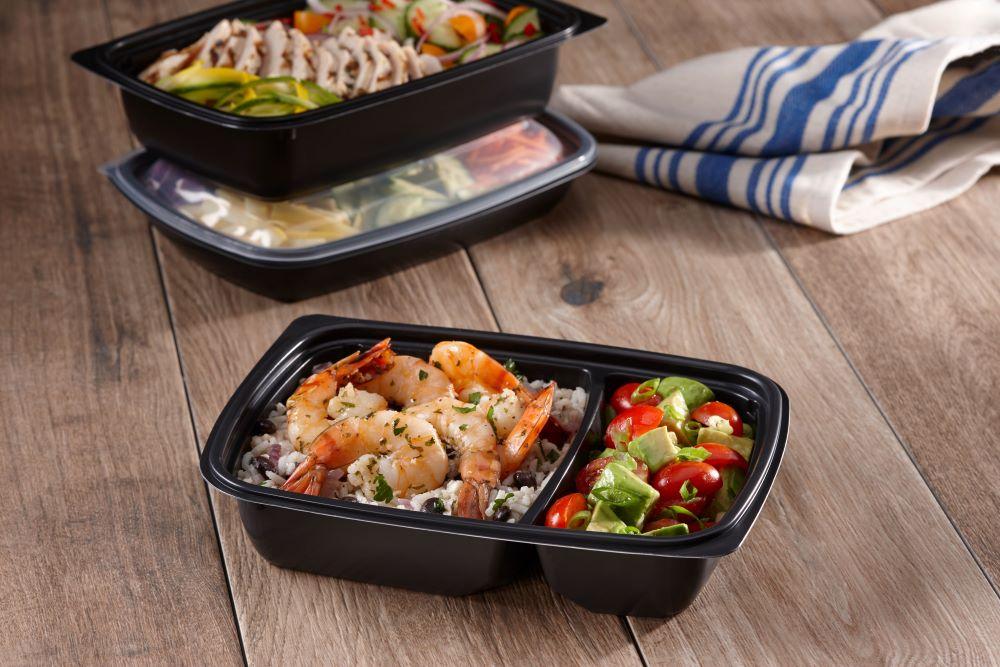How Restaurant Brands are Getting into the Meal Kit Game

In recent years, the demand for at-home meal kits has been on the rise, leading many restaurant brands to tap into this growing market. For consumers balancing busy schedules with a desire for nutritious, home-cooked food, meal kits present a convenient solution.
Restaurants are leveraging meal kits as an extension of their brand experience, introducing their menu to a broader audience while also retaining customers seeking restaurant-quality meals at home. By providing this offering, restaurants can diversify their revenue streams and maintain customer engagement beyond the traditional dine-in setting. It's a strategic response to the evolving dining landscape, where the experience of a brand is no longer confined to the physical location of the restaurant. Meal kits allow these brands to stay relevant and accessible, especially in a market where eating habits are continually shifting towards convenience-led, at-home dining solutions.
Entering the at-home market with meal kits presents both opportunities and challenges for restaurants. On the one hand, there's a significant opportunity to expand the customer base and increase brand visibility. On the other hand, restaurants face the challenge of maintaining food quality during transportation, ensuring freshness upon delivery, and managing the logistics of a new distribution channel.
Food packaging plays a pivotal role in the success of at-home meal kits. It is often the first point of contact between the brand and the consumer, setting the stage for the culinary adventure to follow. Effective packaging not only preserves and protects the contents but also communicates the brand's values and identity.
By investing in high-quality packaging, restaurants can not only cater to the demands of at-home consumers but also maintain the integrity of their meals and enhance the dining experience.







